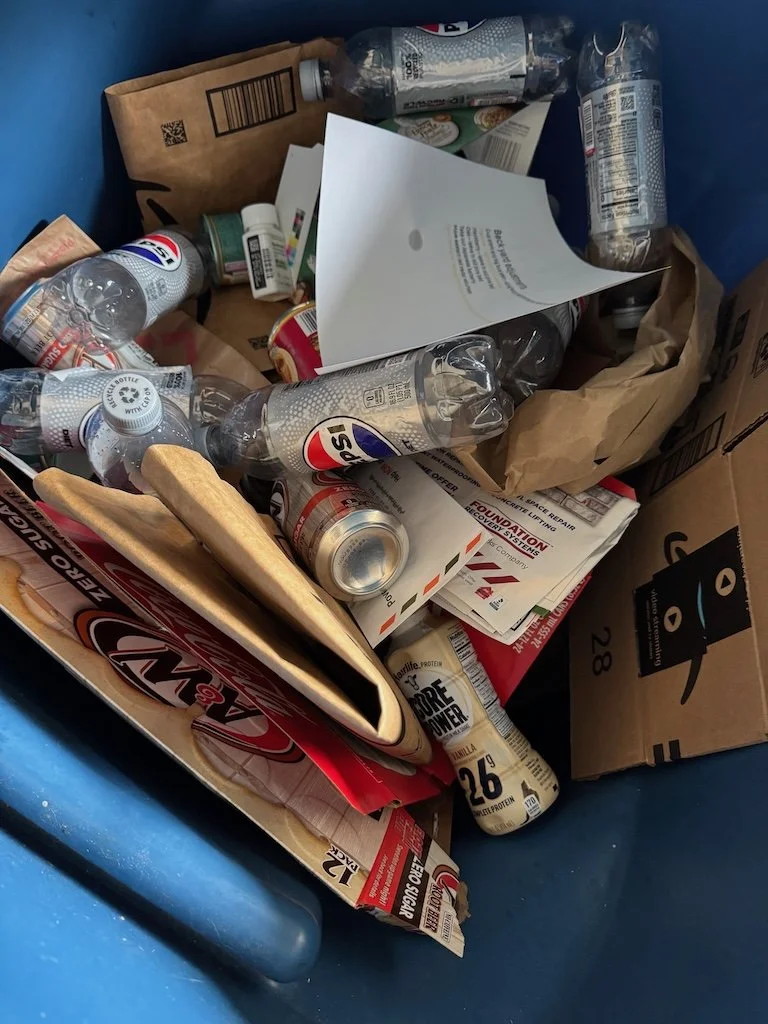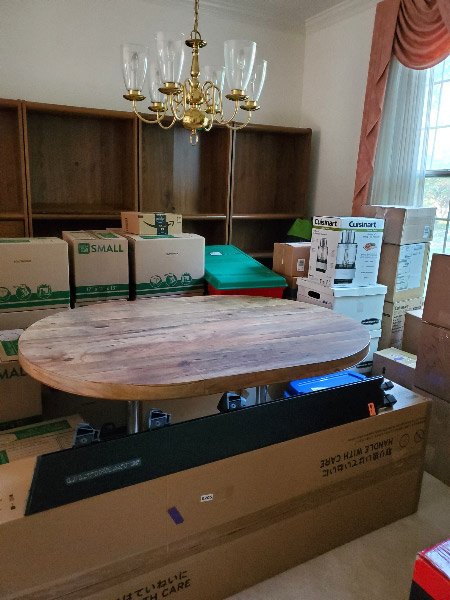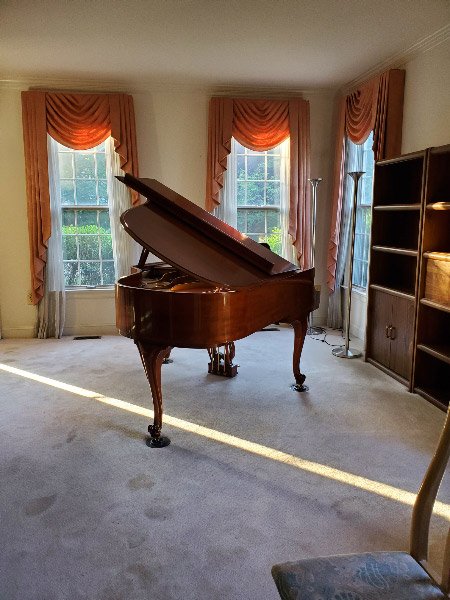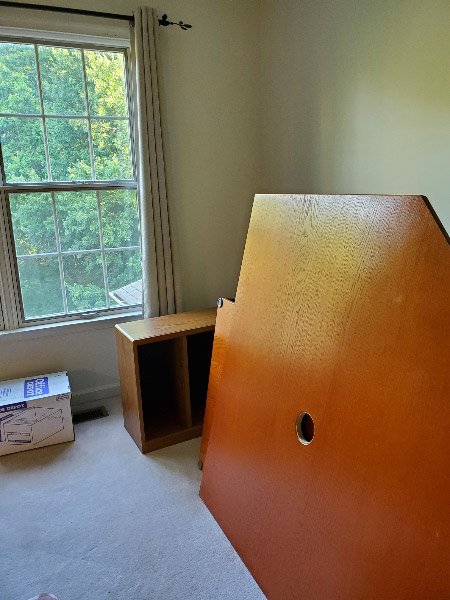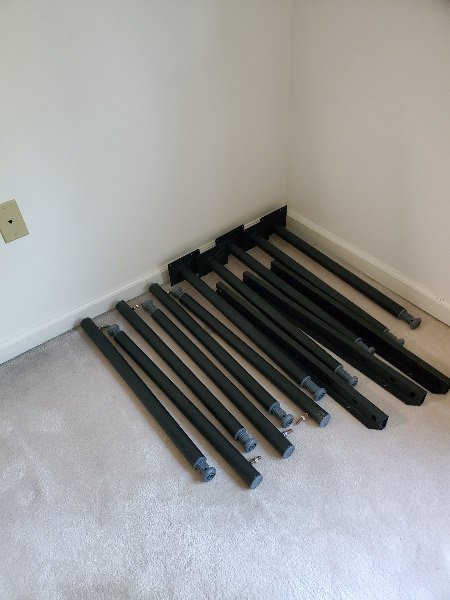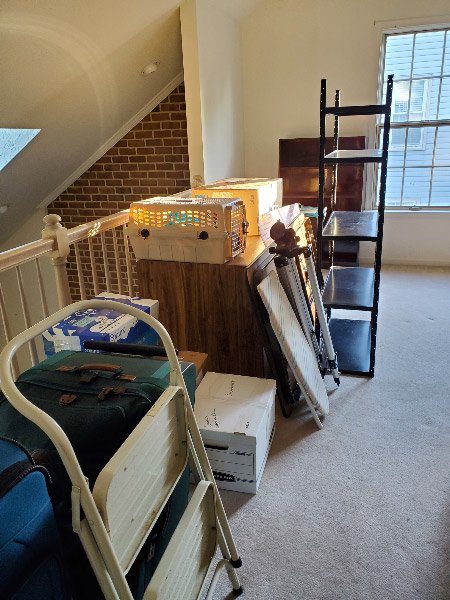Plastics Crisis: Recycle Inventory
/I have been recycling for a long time…starting out when newspapers and cans (separately) were the only items that could be recycled. By the time we moved from Maryland, the county where we lived supplied recycle bins for everyone; the cost was included with trash service. The items we recycled included cardboard, paper, glass jars/bottles, tin cans, aluminum cans, plastic bottles/jugs, and milk cartons/juice boxes. We always had more in the recycle bin than in the trash bin and that seemed true for everyone in our neighborhood.
When we moved to Missouri, the curbside recycling was an added cost beyond trash pickup and we quickly discovered that not as many people recycled. The list of recyclables did not include glass or milk cartons/juice boxes. The local recycling center accepts glass, so we periodically take glass there. The milk cartons/juice boxes go into the trash. We still have more in our recycling bin than in trash. The bulk is cardboard/paper, but the next is plastic…followed by tin/aluminum cans.
Focusing in on the plastic that is in our recycling bin….
There are soft drink bottles…but those will be going away shortly because I will either stop drinking soft drinks or buy them in aluminum cans.
There are milk jugs. I buy milk in jugs rather that cartons because the jugs can be recycled. There are not plastic free options for milk since even the cartons have plastic coating them.
There are a few cleaned-out bottles with caps. It is not as clear that these plastics are always recycled; for that reason, I am actively trying to reduce/eliminate them. I have already eliminated laundry detergent (buying laundry sheets in paper packaging instead). I sometimes don’t recycle bottles that held products that are hard to clean out (peanut butter, for example) and plan to buy those things in glass from now on which is more reliably recycled. I also am experimenting with DIY toilet bowl cleaner (soda, vinegar, essential oil) rather than buying the bottled version.
Plastic bags are collected and taken back to stores that accept them for recycling; I am skeptical that they are recycled but it is challenging to find out what really happens to them. They are usually not plastic shopping bags these days since we use reusable bags so frequently. They are bread bags, plastic from around soft drinks (although we are getting better at avoiding that), plastic bags that held food (popcorn, produce), packaging from clothing purchases, air ‘pillows’ from packaging, toilet paper packaging). I am overtly trying to reduce or eliminate this type of material even though it is supposedly recycled.
Even with all the effort I put into recycling of plastic – a lot ends up in the trash because it is not recyclable and even some of the plastic that enters the recycling process ends up in landfills because it is cheaper to make new plastic rather than to process recycled plastic!
We cannot recycle our way out of the plastic crisis! Read The May 2022 report The Real Truth About the U.S. Plastics Recycling Rate from Beyond Plastics. It documents a recycling rate of just 5-6% for post-consumer plastic waste in the U.S. for 2021. The report also reveals that while plastics recycling is on the decline, the per capita generation of plastic waste has increased by 263% since 1980. The failure of plastic recycling is in contrast to paper which is recycled at 66% (2020 figure per American Forest and Products Association). High recycling rates of post-consumer paper, cardboard, and metals proves that recycling works to reclaim valuable natural material resources. It is plastic recycling that has always failed as it has never reached 10% even when millions of tons of plastic waste per year were counted as recycled when exported to China.
Previous Plastic Crisis posts

